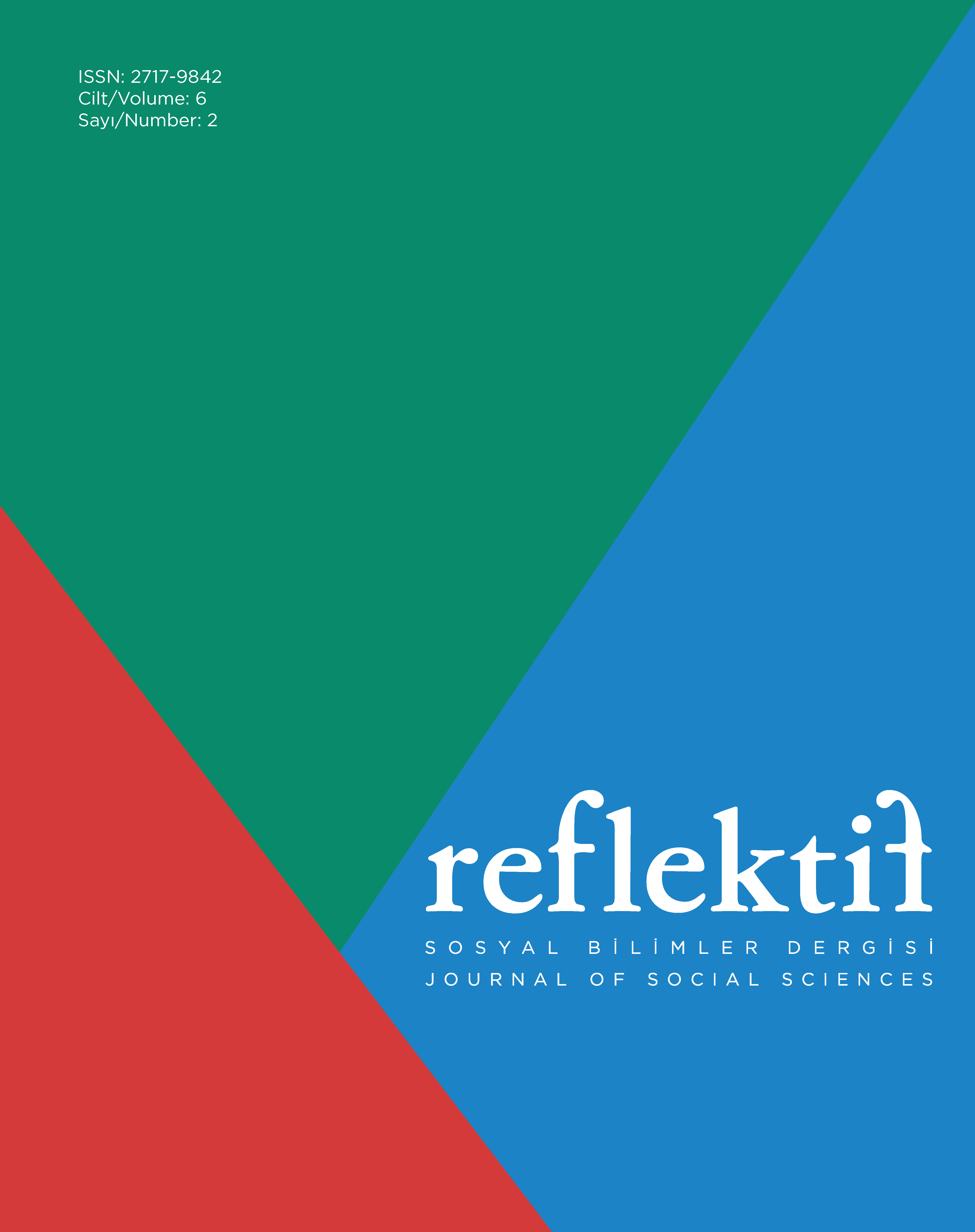The Transfer of Traumatic Experiences in Artists’ Works and Their Contributions to Social Memory
DOI:
https://doi.org/10.47613/reflektif.2025.229Keywords:
Art, sociology of art, plastic arts, art historyAbstract
Throughout history, societies have been exposed to various traumas. These traumas have been shaped by numerous factors, including wars, natural disasters, pandemics, economic crises, genocides, and political events, leaving lasting impacts on both individual and collective levels. However, studies on the artistic representation of these traumas remain limited, and there is a general lack of in-depth analysis regarding the role of social traumas in art. This study aims to examine how artists reflect social traumas in their works, the contributions of these works to collective memory, and their impact on viewers.
The study investigates how artists convey traumatic events and processes through art, focusing on the techniques and forms of expression they employ. As a data collection method, historical artworks and biographical analyses of artists have been utilized. The artworks were analyzed using content analysis, revealing how artists confront social traumas and communicate this confrontation to their audience. Artists do not merely depict traumas as personal experiences but also engage with them as a means of fostering social responsibility and awareness.
Downloads
Published
How to Cite
Issue
Section
License
Copyright (c) 2025 Müzeyyen Yeşim Yorulmaz

This work is licensed under a Creative Commons Attribution-ShareAlike 4.0 International License.
All manuscripts which are submitted to the REFLEKTIF Journal of Social Sciences should not be published, accepted and submitted for publication elsewhere.
In case an article is accepted for publication it is allowed to combine the article with other researches, to conduct a new research on the article or to make different arrangements on condition that the same license is used including the commercial purpose.
As an author of an article published in REFLEKTIF Journal of Social Sciences you retain the copyright of your article and you are free to reproduce and disseminate your work.




